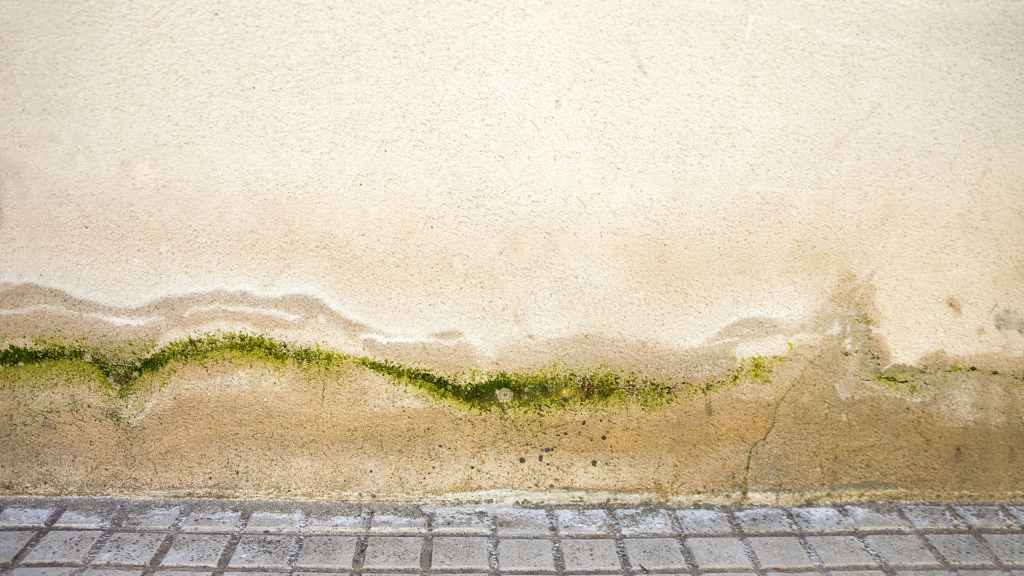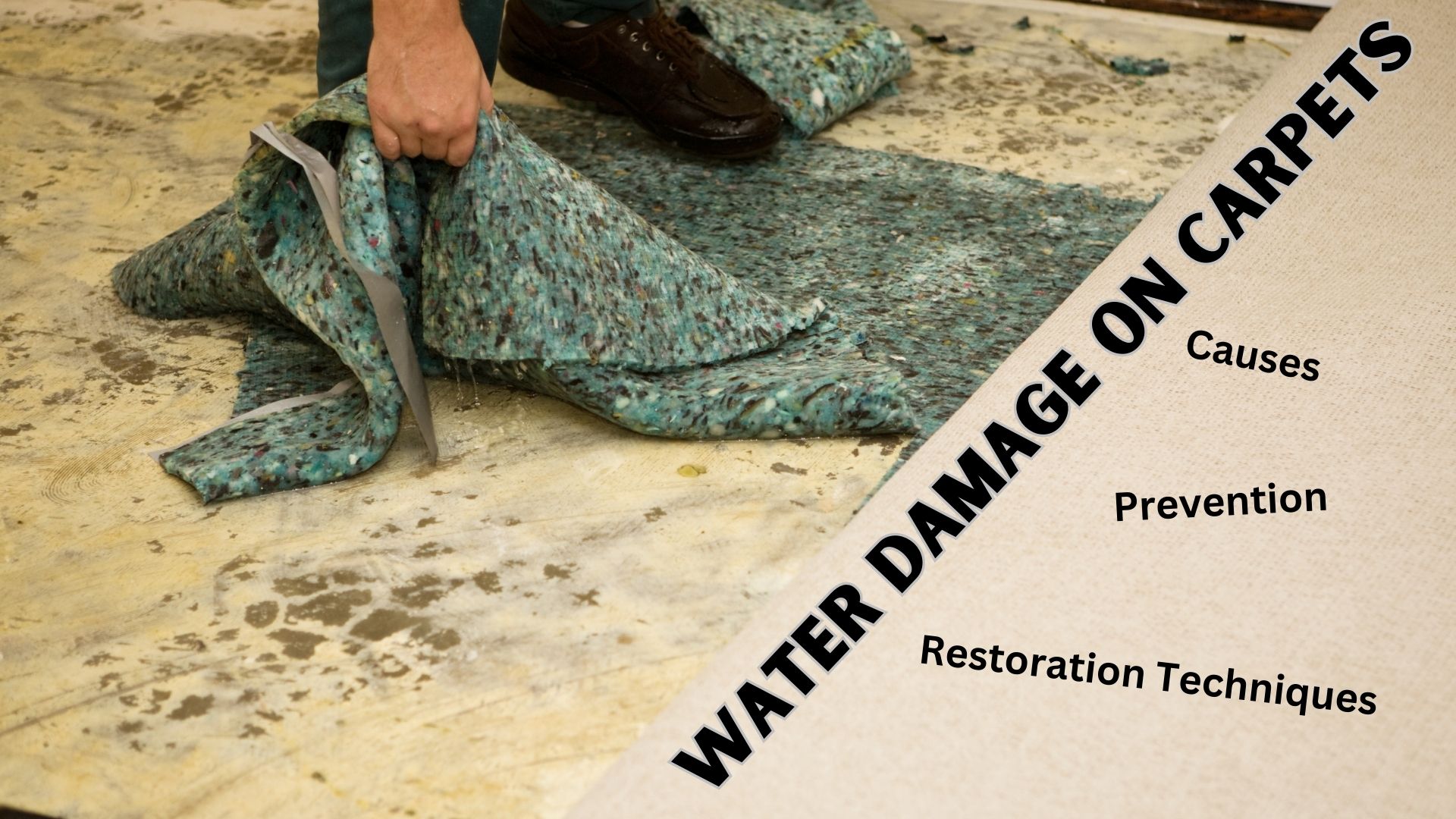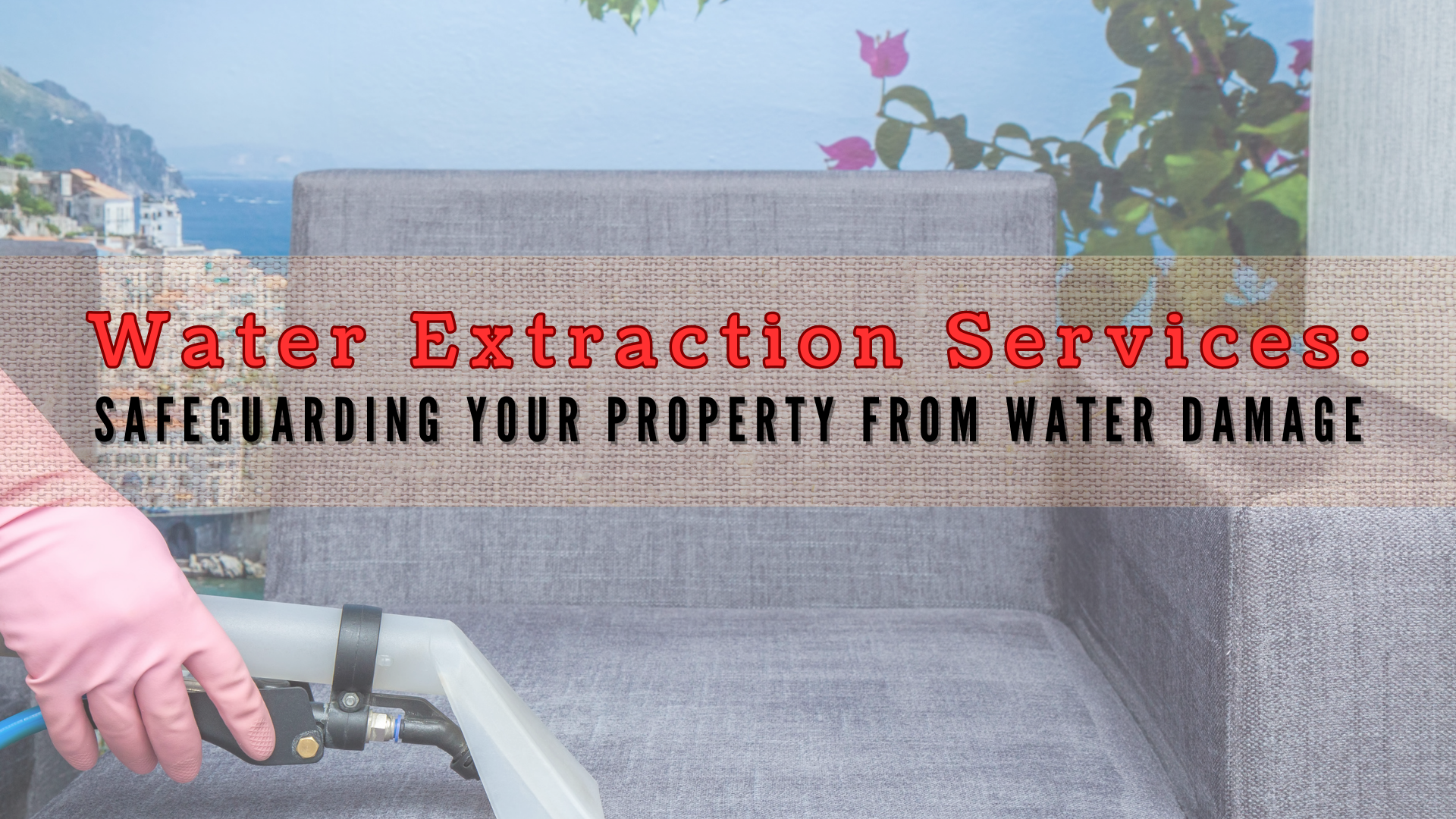
Learn the Ways to Protect Your Home’s Foundation From Water Damage
We all know the wickedness water damage can do to our homes. They can be the culprit of property loss and even health issues since mold can form when there are water and moisture. Your home’s foundation is vulnerable to water damage and it is important to learn some ways how to protect it.
While a house foundation can get damaged by an earthquake, tree roots, extreme temperatures, and others, moisture is the leading culprit that compromises and weakens the base of your home. When water from burst pipes, rain, or snow pools around your house, the soil starts to expand and alter. If the pressure on your wall foundation increases, it can create cracks and leaks that will allow water to seep through it and will eventually cause electrical hazards and mold growth and can damage the structure of your home.
Ways to Protect Your Home’s Foundation
Knowing how to protect your home’s foundation against water damage is vital. Here are 10 ways to keep water away from your foundation;
1. Make sure the ground is graded away from your home.
The soil surrounding your house should slope at least 6 inches with a 10-foot distance away from your home’s foundation. In the case that the soil doesn’t slope what you need, you might need to add some additional topsoil or dense soil to create proper grading and prevent water to pool around your foundation.
2. One of the ways to protect your home’s foundation is to install French drains around your home.
French drains can help keep water away from your foundation. Create a trench around your foundation. It should be 2 feet wide and at least 6 feet deep. Line the trench with gravel and place the drain with perforations. Then, cover the drain with gravel and fill the trench with topsoil.
3. Keep the gutters clean and free from debris and leaves so that water can run properly through them.
If your gutters are clogged, they can cause water to overflow on the side of your house and go straight to the ground pooling around your foundation. Installing gutter screens can help in preventing the drainage from getting clogged.
4. Make sure that your downspouts direct water at least 10 feet away from your home.
Inspect your downspouts and ensure that they are routing the water properly away from your foundation. If it is necessary, extend your downspouts so water won’t pour right next to your home’s foundation. If you think that downspouts extensions can interfere with the overall appearance of your outdoors, you can go for extensions that can be buried or the recessed extensions.
5. Inspect the foundation of your home.
Look for any signs of cracks and breakage on the walls. If you see any, make sure to fix the problem as quickly as possible. You can fix the small cracks by applying caulk that is used for repairing masonry materials. For larger gaps, fix them with the help of hydraulic cement.
6. Inspect the roof for holes and fix or replace any broken or misplaced tiles or shingles.
Doing this ensures that the water won’t seep through them.
7. Make sure that your plumbing system is working properly.
It prevents water to seep into the foundation of your home. Inspect it regularly.
8. Check the water pooling near your home’s foundation.
If there are puddles formed close to your house, remove the water immediately and fill those pools with dirt to prevent them from happening again.
9. Check for water leaks and repair them.
Check leaks behind the appliances, under sinks, around the toilets, etc. Also, check dark spots under pipes that could possibly be dripping on walls, ceilings, or floors.
10. Soak the soil of your foundation during summer.
In the season of drought, the soil around your home’s foundation tends to dry out and shrink and when the big rain comes and soaks the earth, it will put pressure on the walls of your foundation. Soaking the soil around your foundation every once in a while during the dry season can keep it from contracting and expanding.
Intelligent Landscaping
While there could be a lot of ways to protect your home’s foundation against water damage, creating intelligent landscaping can be a big help.
Plants can be a great decoration for the exterior of your home and they can also prevent landslides and soil erosion. But, improper landscaping can pose danger causing water to saturate your home’s foundation. To prevent this problem, make sure to plant trees or shrubs not too close to your home.
How close?
Your foundation is an important component of your house. Its functions do not only end the moment it is built. It functions as the structural underpinning of your entire home. So, maintaining it and keeping it away from water is critical. Or else, you will be facing extensive damage that requires costly water damage cleanup and restoration repairs.




